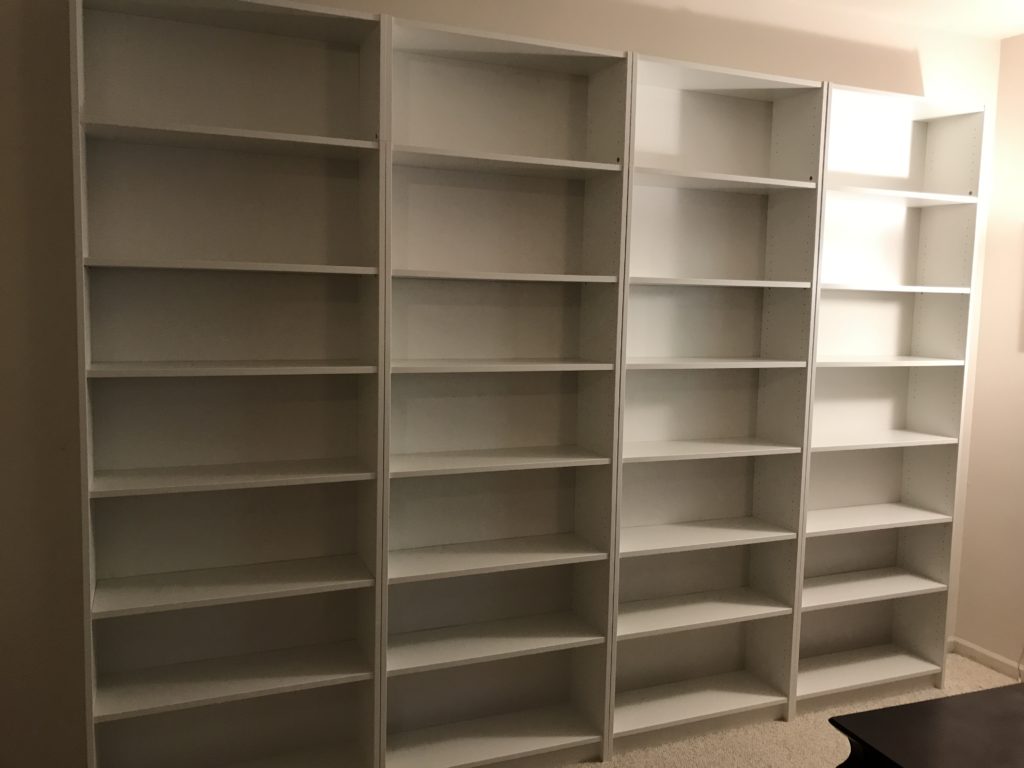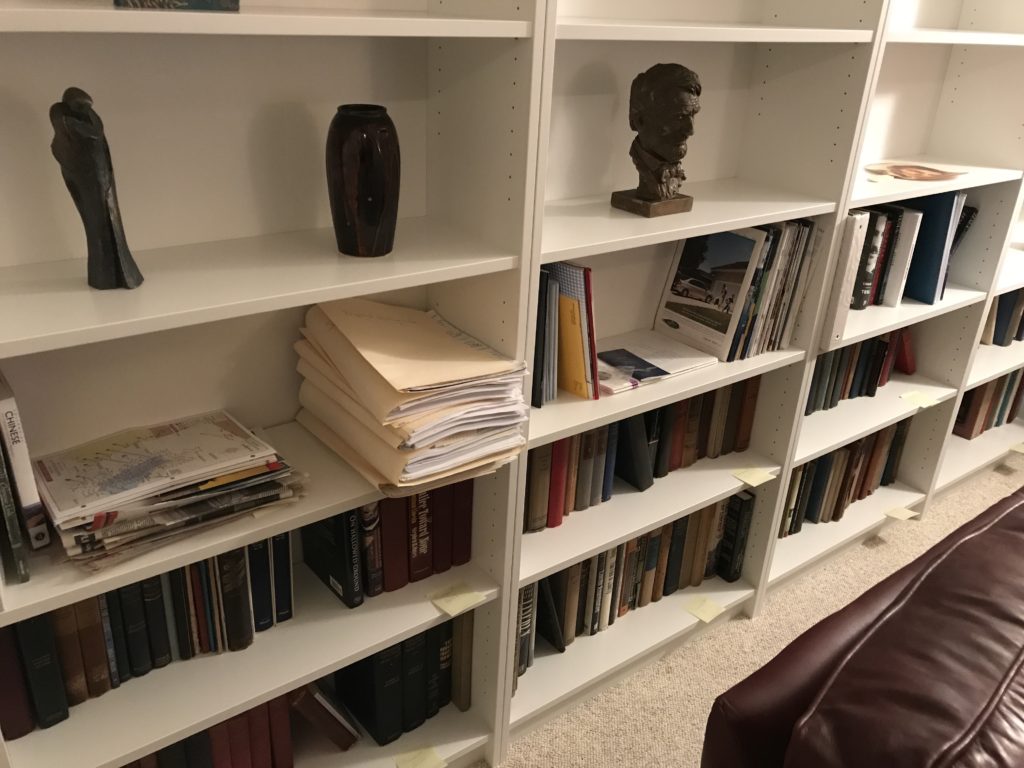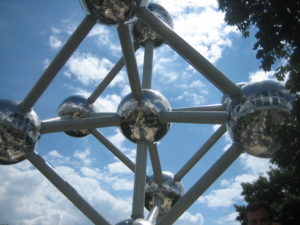 Networking is your best friend!
Networking is your best friend!
In real estate they say “location, location, location.”
When moving to another country they say “network, network, network.”
In the continuing saga of my three-year long working life in Brussels (based on the movie, If It’s Tuesday, This Must be Belgium), one of my first concerns was the fact that I would not know anyone. How would I find a place to live? How would I deal with the foreign language? Buying groceries? The foreboding bureaucracy?
Who could I call on to help? After much thought and a whole lot of asking around, this is what I came up with to give me a hand as I prepared my international adventure.
1) The company office in Brussels: The obvious first stop was the European office of the company I worked for at the time. After all, company business was the reason I was getting this opportunity. I had met a few of my soon-to-be office mates when I attended a conference the year before, so had high hopes that they would be dragging me along to pubs and parties. That didn’t quite work out the way I anticipated (most had families and the requisite attention to those families), but they became a great resource for me.
2) Ex-Pat connections: No, these are not people who are no longer Patriot fans, but expatriates, who are people who live outside their native countries. Because Brussels is the capital of the European Union, there are networks of Americans (and Canadians and Aussies and Brits, etc) living and working in the city. While in the end I spent less time with native-English speakers than with other expats, it was nice to be able to sit in an Irish pub occasionally and hear mostly English-ish. A useful website to help locate expats is expat.com. [More below the photo]
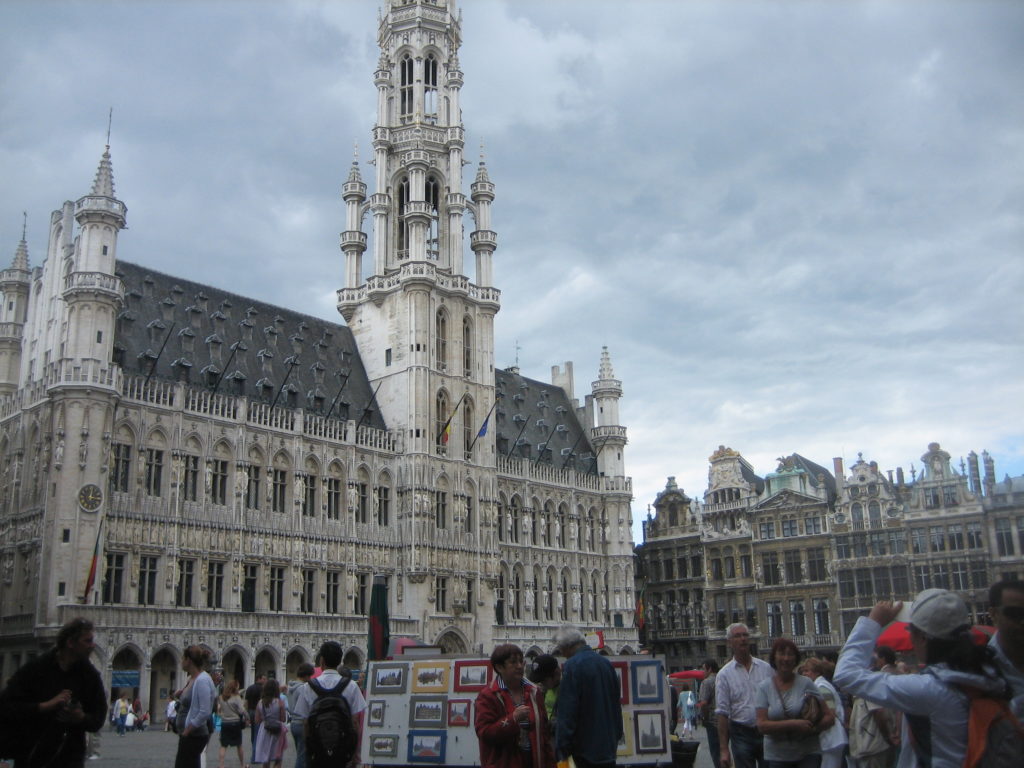
3) Friends who have friends: Because of the global nature of many businesses these days, I’ve had a chance to meet people who work for multinational companies, international government agencies, and nongovernmental organizations. These groups were a great help in linking me with colleagues and friends in Brussels in particular or in Europe in general. Added to my own European friends, colleagues, and acquaintances, I started off this venture in pretty good shape. Or at least that’s what I thought.
4) Colleagues who have lived there: The firm I worked for had several partners who temporarily relocated from the Washington, DC to the Brussels office. Each of them in succession stayed only one year (I was there for three) and lived in a company-rented apartment (I needed to find and pay for my own apartment), but their experiences did give them wonderful insights, which they happily passed along to me.
5) Scientific organizations: I belong to, and have been active in, two major international scientific organizations. Both have European divisions, and the Executive Directors have helped introduce me to key folks in Europe. I had also been president of the regional chapters of both organizations, which helped my build a network of contacts, many of whom offered advice and strategies. [Others were simply envious of my opportunity and promptly invited themselves to stay with me at their earliest convenience.]
6) Social media: You guys! The assistance, support, and insights I received from online connections was invaluable. At the time I was active on a now-defunct posting and comment site called Gather, and the online friendships I had built all offered amazing support and suggestions. That site is gone but a large number of the people I formerly interacted with on Gather are now active connections on Facebook. I felt truly privileged to have “met” so many people who were willing to offer their experiences, travels, and passions to this project.
[Click and scroll for more in the If It’s Tuesday, This Must be Belgium series. More coming soon.]
Meanwhile, check out my Goodreads author page. While you’re at it, “Like” my Facebook author page for more updates!
David J. Kent is the author of Lincoln: The Man Who Saved America, scheduled for release in summer 2017. His previous books include Tesla: The Wizard of Electricity and Edison: The Inventor of the Modern World (both Fall River Press). He has also written two e-books: Nikola Tesla: Renewable Energy Ahead of Its Time and Abraham Lincoln and Nikola Tesla: Connected by Fate.
Follow me by subscribing by email on the home page. And feel free to “Like” my Facebook author’s page and connect on LinkedIn. Share with your friends using the buttons below.
Like this:
Like Loading...
 The clock is ticking. My Goodreads Giveaway of Lincoln: The Man Who Saved America is down to its last two days. Click here to enter for a chance to receive a free signed first edition hardcover copy of the book. The Giveaway ends August 6th.
The clock is ticking. My Goodreads Giveaway of Lincoln: The Man Who Saved America is down to its last two days. Click here to enter for a chance to receive a free signed first edition hardcover copy of the book. The Giveaway ends August 6th.


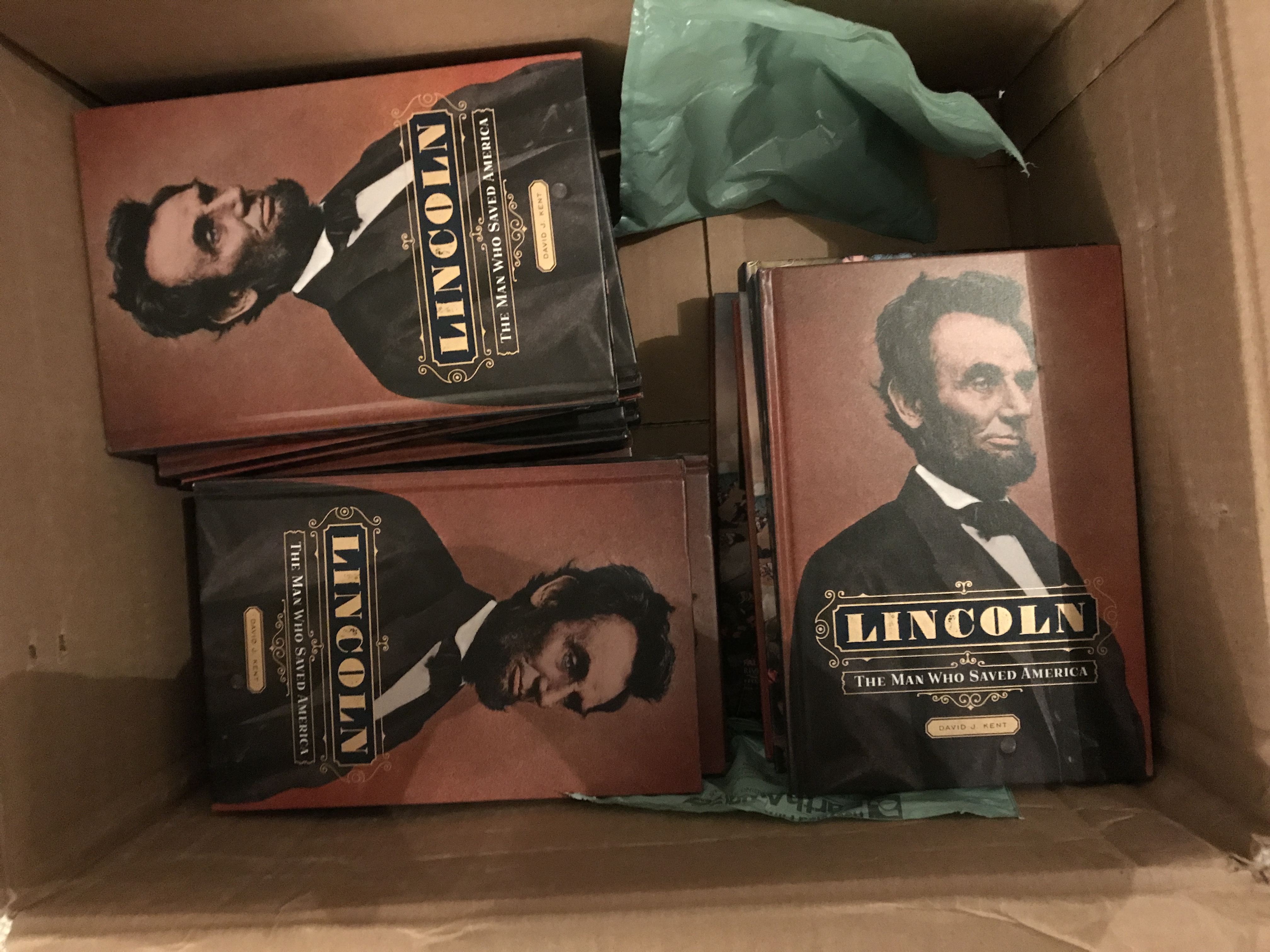
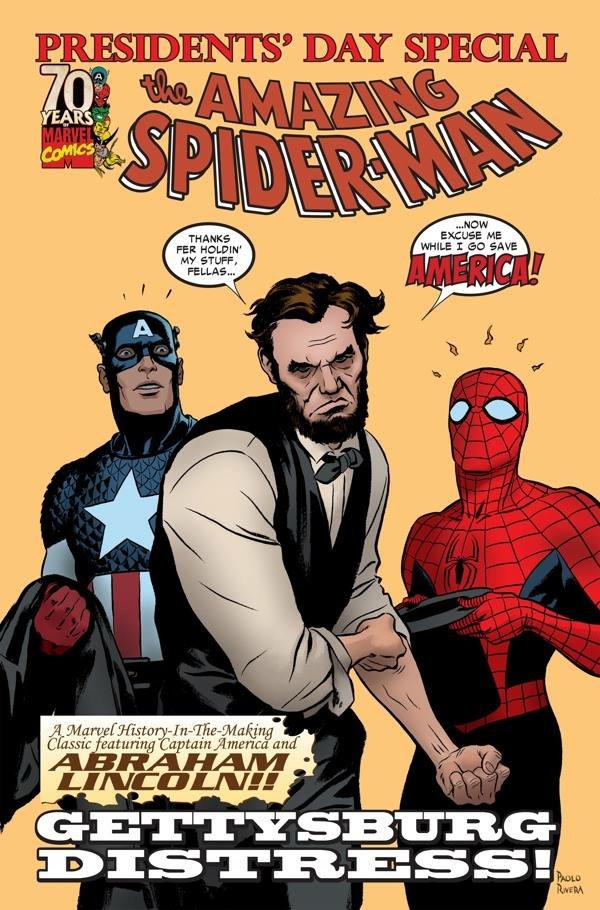
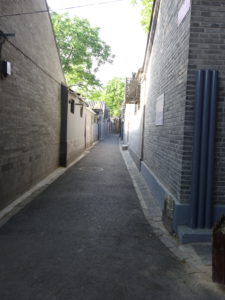 We thought we would try something different on this trip to Beijing. Rather than a western-style hotel we chose a small hotel in a
We thought we would try something different on this trip to Beijing. Rather than a western-style hotel we chose a small hotel in a 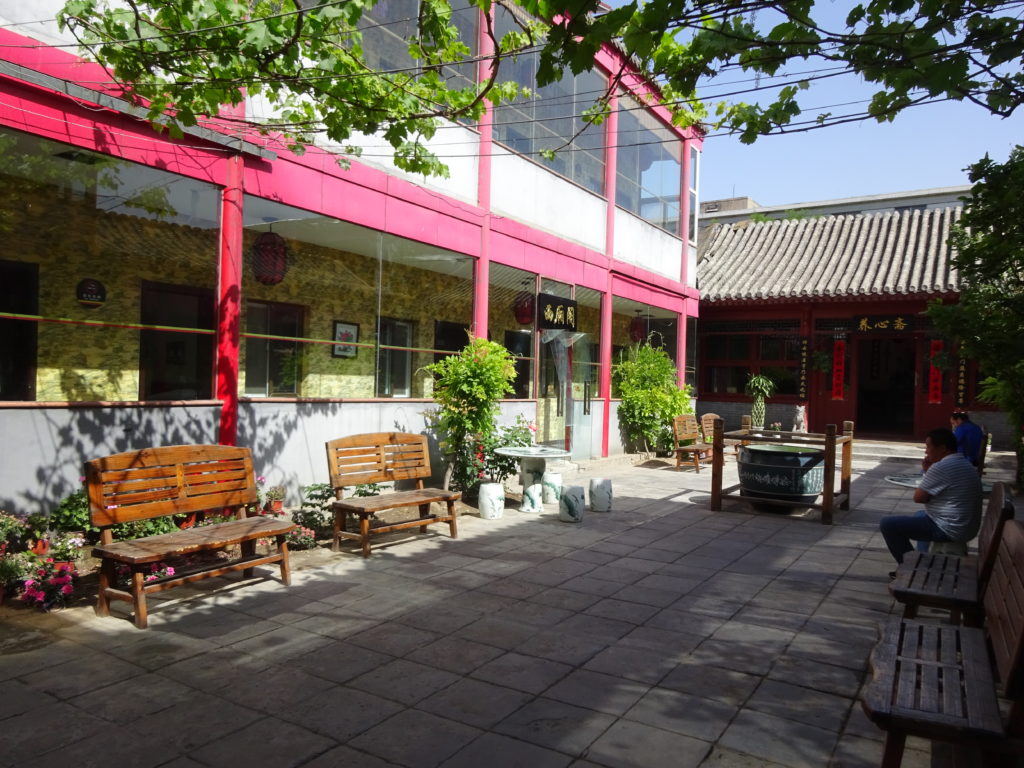





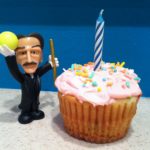 Nikola Tesla was one of the most famous inventors of his age, and then he was mostly forgotten, dying in near poverty. In recent years Tesla has seen a resurgence in popularity as Tesla Motors has brought the Serbian-American inventor back into the limelight. [And perhaps my book, Tesla: The Wizard of Electricity, has played a small role in spreading the Tesla word to the masses.]
Nikola Tesla was one of the most famous inventors of his age, and then he was mostly forgotten, dying in near poverty. In recent years Tesla has seen a resurgence in popularity as Tesla Motors has brought the Serbian-American inventor back into the limelight. [And perhaps my book, Tesla: The Wizard of Electricity, has played a small role in spreading the Tesla word to the masses.]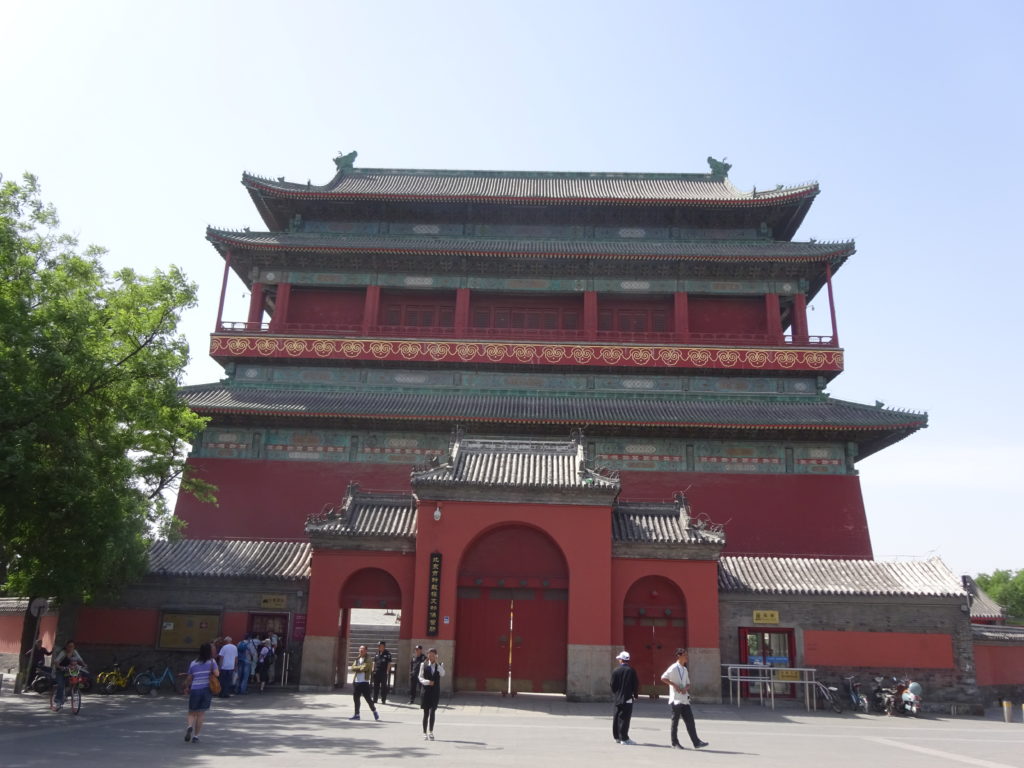
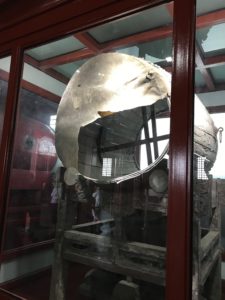
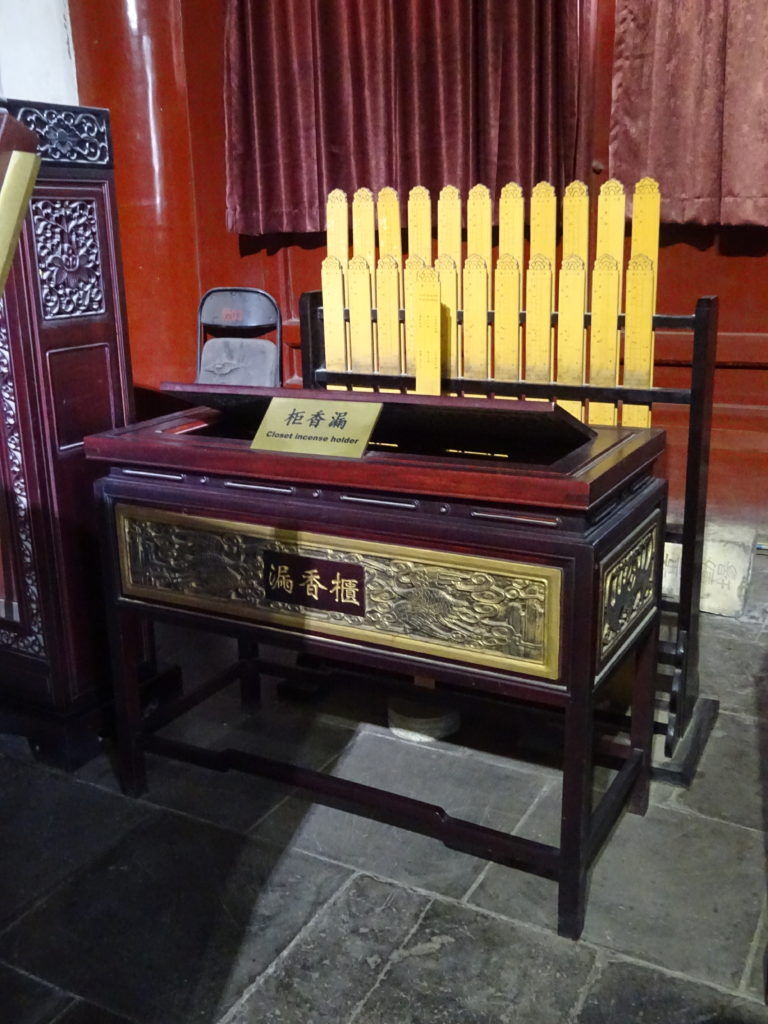
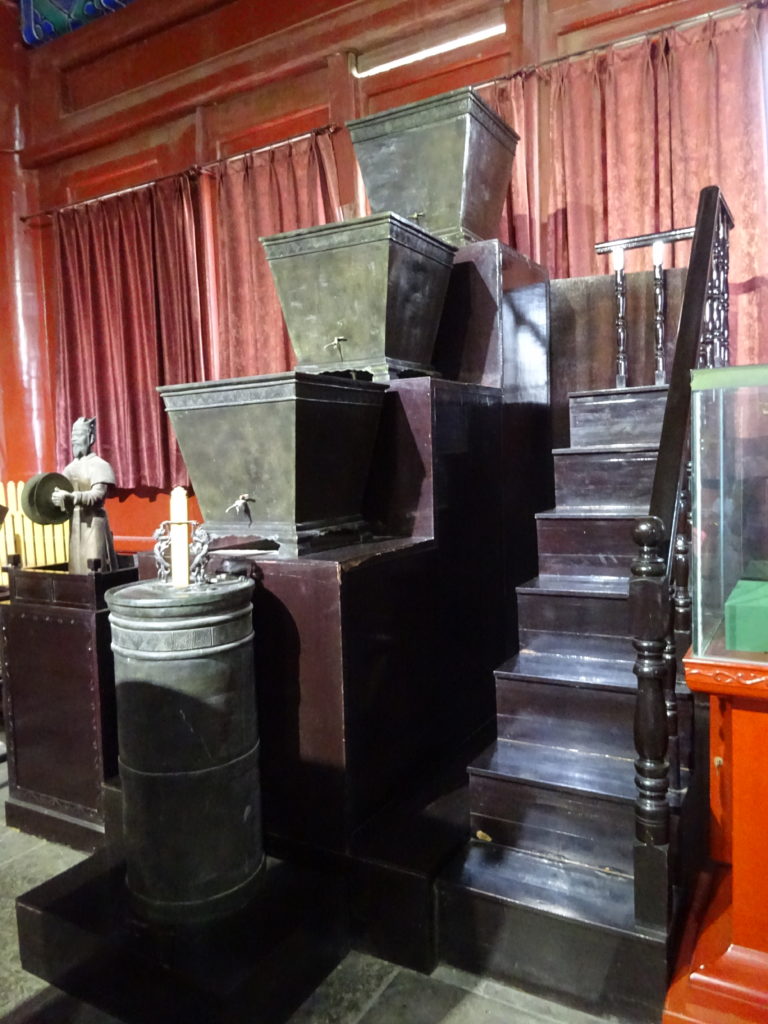
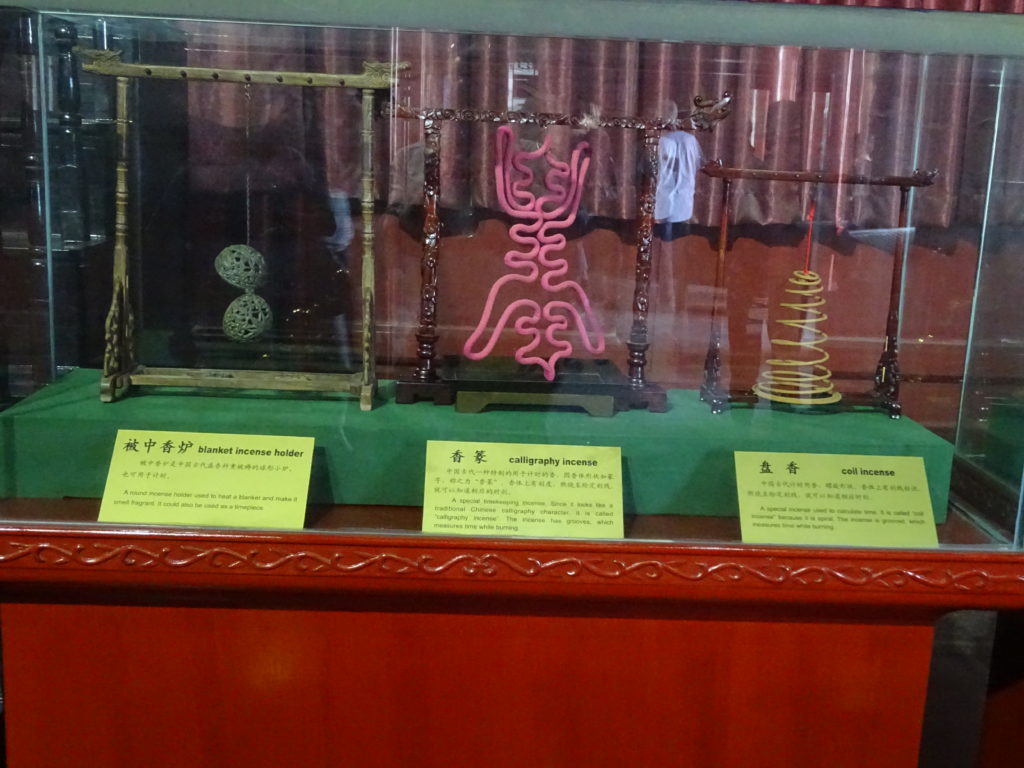
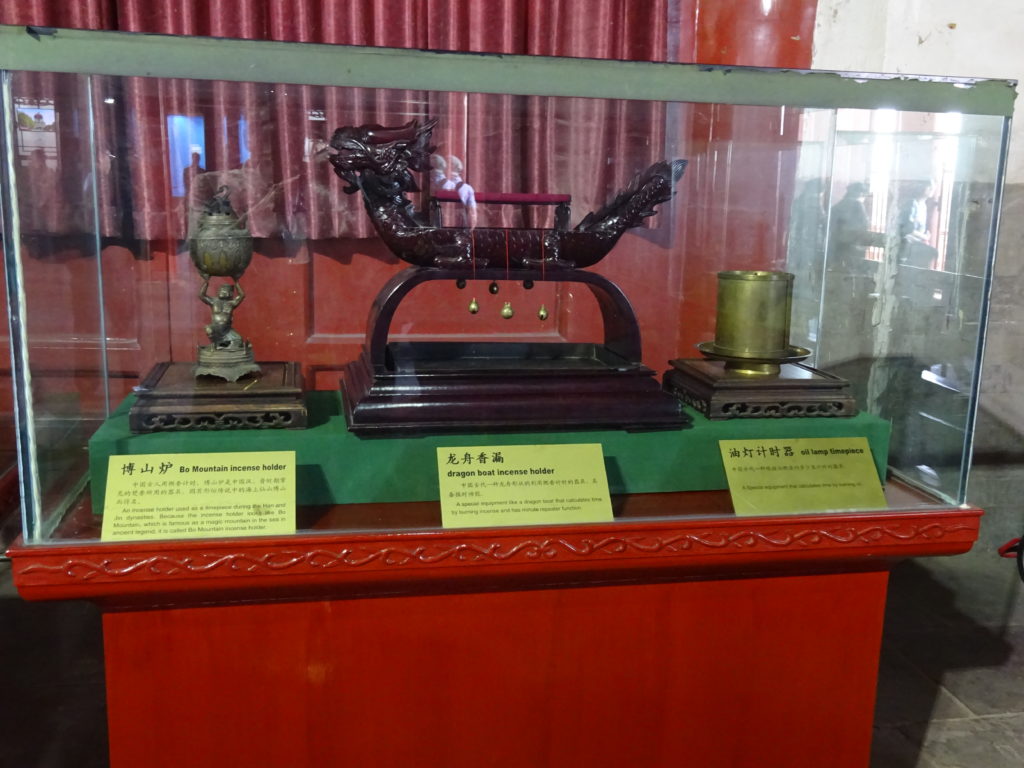
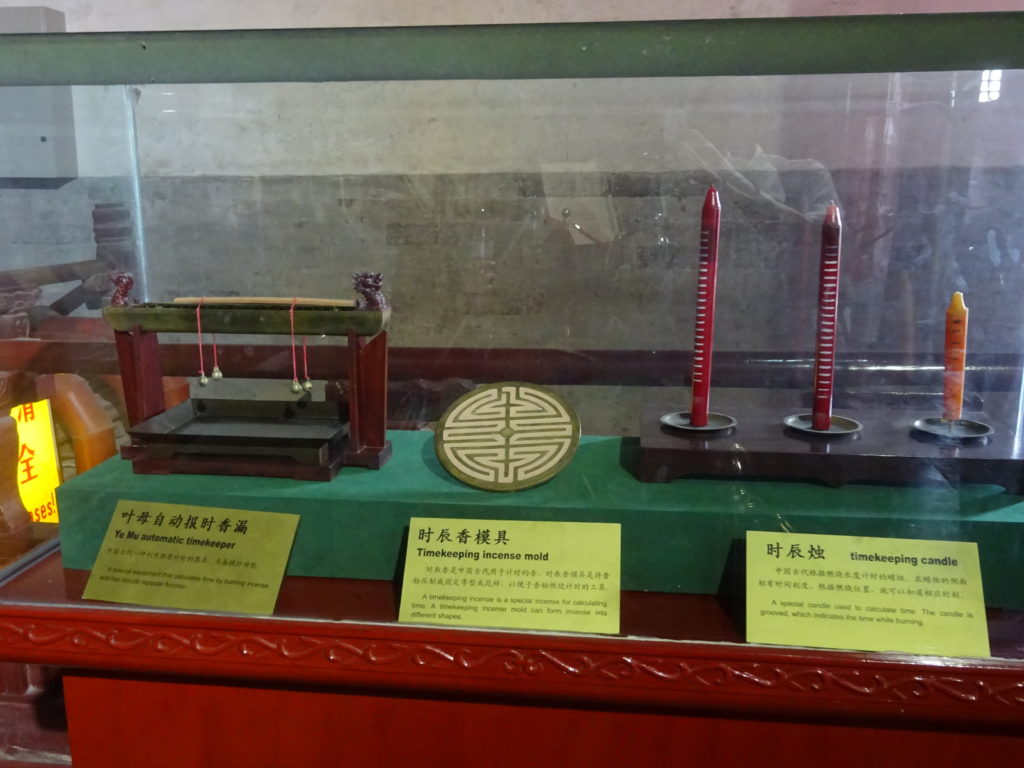
 Networking is your best friend!
Networking is your best friend!
